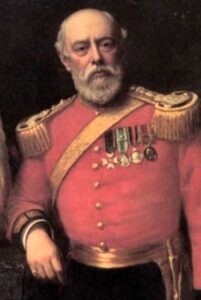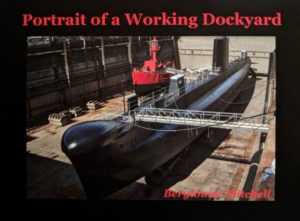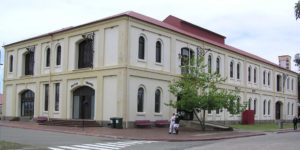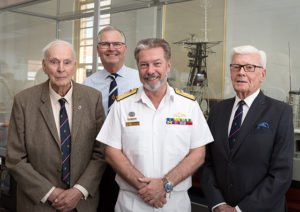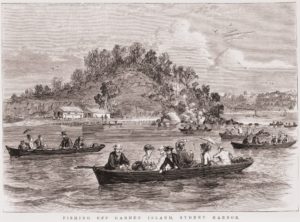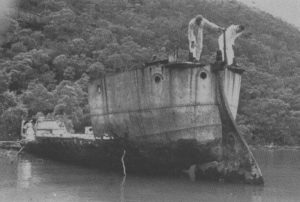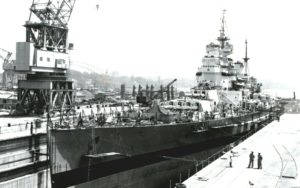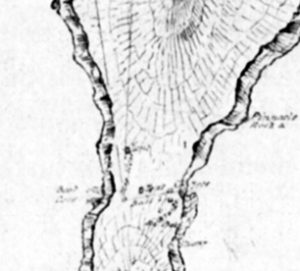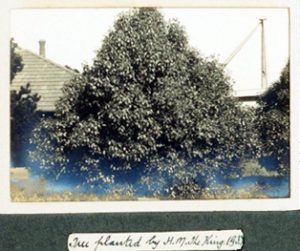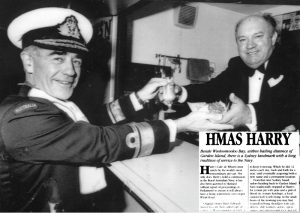You must be a logged-in member to view this post. If you recently purchased a membership it can take up to 5 days to be activated, as our volunteers only work on Tuesdays and Thursdays. If you are not a member yet or your membership just expired you can Join Now by purchasing a new membership from the shop. ...
Garden Island
Book Review: Portrait of a Working Dockyard
Portrait of a Working Dockyard. This photobook by Berylouise Mitchell comes in a limited edition, handmade in A4 landscape format by Australia’s premier photobook printer MomentoPro in Sydney and sells ...
Throwing a Party: The Naval Ball of 1899
Colin Randall, one of our venerable archivists, discovered some newspaper cuttings from well over a century past which perhaps reminds us of how things were done when a celebration was ...
A Tribute to Norman Rivett
Norman (Norm) Rivett, an esteemed founding father of the Naval Historical Society, passed over the bar on 8 March 2021 just shy of his 96th birthday. He will be ...
Trouble with the Neighbours
By Colin Randall Garden Island has always had trouble with the neighbours. The earliest recorded was in 1788 and the latest in January 2020. Over the intervening 232 years neighbours ...
The HMAS Parramatta Memorials
In this our 50th year it is well to reflect on some of the more important projects undertaken by the Society and none is perhaps more worthy than conceiving a ...
Kings Cross in World War II
By Nick Hordern In 2020 we celebrate the 75th anniversary year of the opening of the Captain Cook Dock which joined Garden Island to the mainland and we gained a ...
Occasional Paper 70: The Ship’s Garden – GARDEN ISLAND
By Colin Randall Colin is a Committee member, volunteer researcher and tour guide of the Naval Historical Society of Australia with a particular interest in the history of Garden Island. ...
Occasional Paper 69: The Naval Garden on Garden Island, Sydney
December 2019 By Colin Randall Colin is a volunteer researcher with the Naval Historical Society of Australia and a tour guide for its heritage tours of the Hill. He lived ...
Harry’s Café de Wheels
By Ray Vidler The story of ‘Harry’s Café de Wheels’ goes back to the Great Depression years of the 1930s. With the world on the brink of a devastating war, ...
